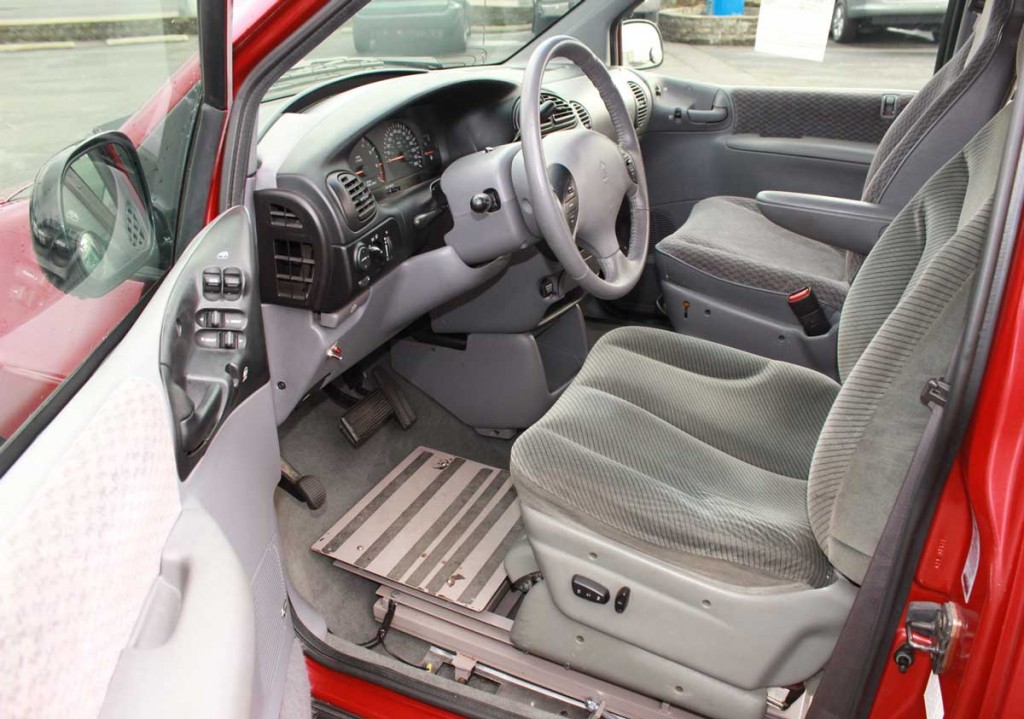
NMEDA members can provide you with several options for wheelchair restraints and adaptive seating for your wheelchair accessible car. There are many wheelchair restraint solutions available to have a safe and enjoyable driving experience. These devices are crucial for a safe journey while operating an accessible vehicle.
What Seat Base is Best for You?
There are two kinds of seat bases: removable seat bases and power seat bases. Removable seat bases can be stored when not in use and pulled out as needed. Removable seat bases can be a convenient option for users with a family since it can be hidden when not in use and more space for family and friends can be made.
There are two options for power seats available for people who want to transfer out of a wheelchair in a vehicle. The four-power seat base has a motor for back and forth adjustment. Some include height adjustment for more visibility when driving.
The six-way power seat base includes all of the four-way power seat functions plus a motorized swivel. This motion primarily helps individuals with limited upper extremity functions.
Restraint Options for your Accessible Car
Manual, or tie-down restraints require assistance for drivers or passengers with disabilities to ensure proper securement and safety. One of the most popular manual tie-downs is the four-point manual tie-down, which is secured to the four points of the wheelchair.
For those individuals who are unable to maneuver easily, NMEDA members offer an electric restraint, also known as a power restraint. The electric system has one device mounted on the floor of the van and one mounted on the bottom of the wheelchair. When the device on the wheelchair is properly fitted into the one on the floor, there is an audible click. This indicates that the chair is safely locked in place like a docking system. Electric models also have a buzzer and/or light to indicate safe locking.
Torso restraints are also available for those with limited torso mobility or musculature.
Please know that a seat belt and/or shoulder restraint should always be used with any tie-down system. Never depend on wheelchair locks (brakes) alone for safety when driving or being transported.
** This post was originally published on https://nmeda.com/finding-the-right-seat/

